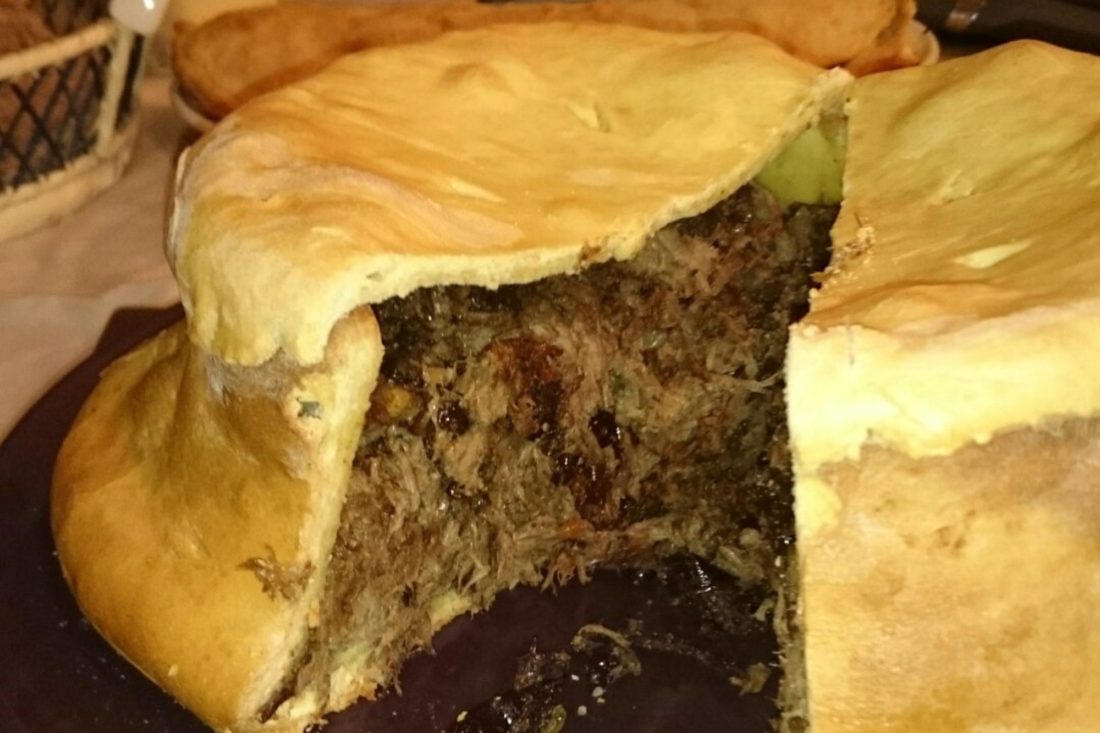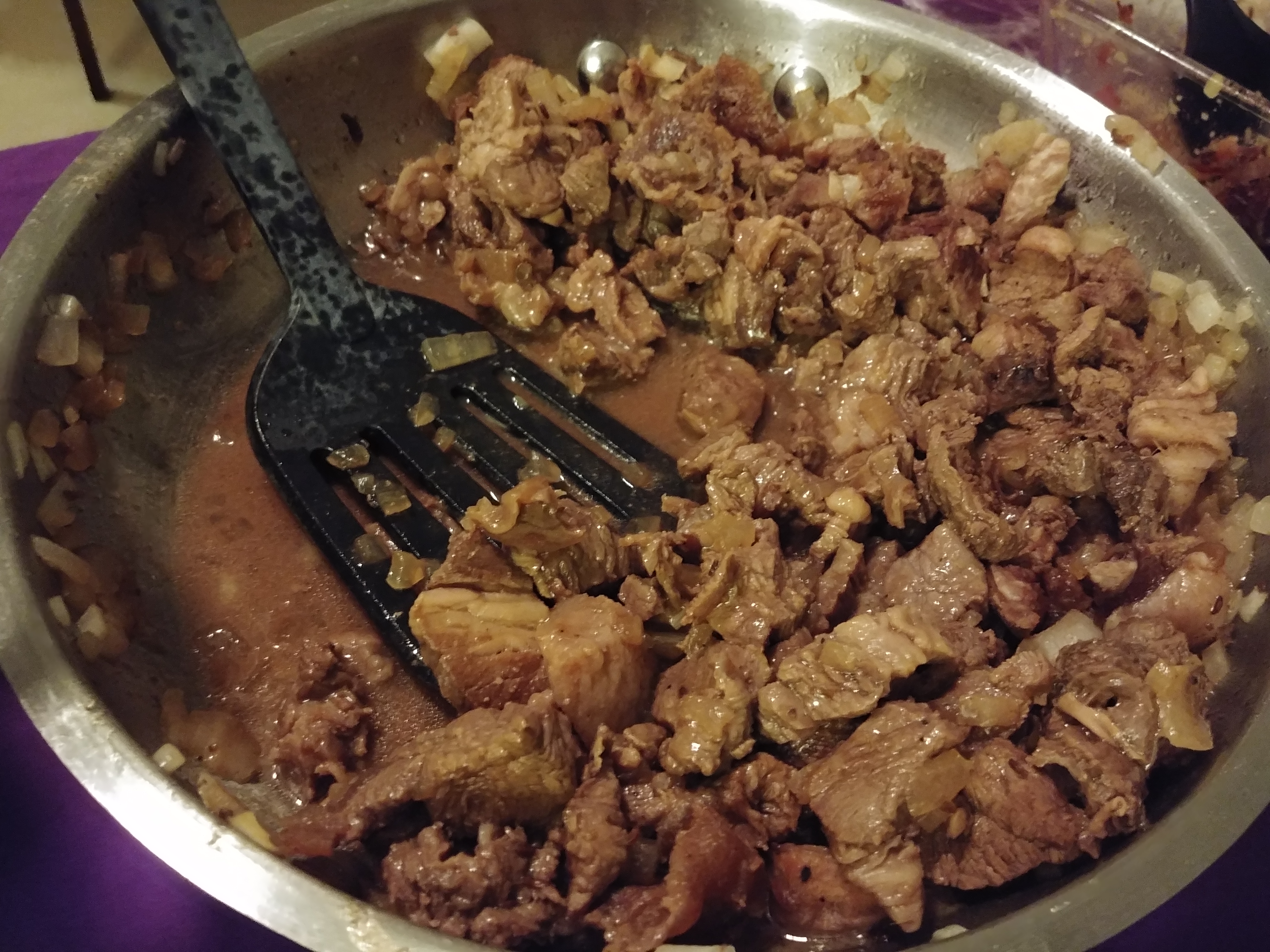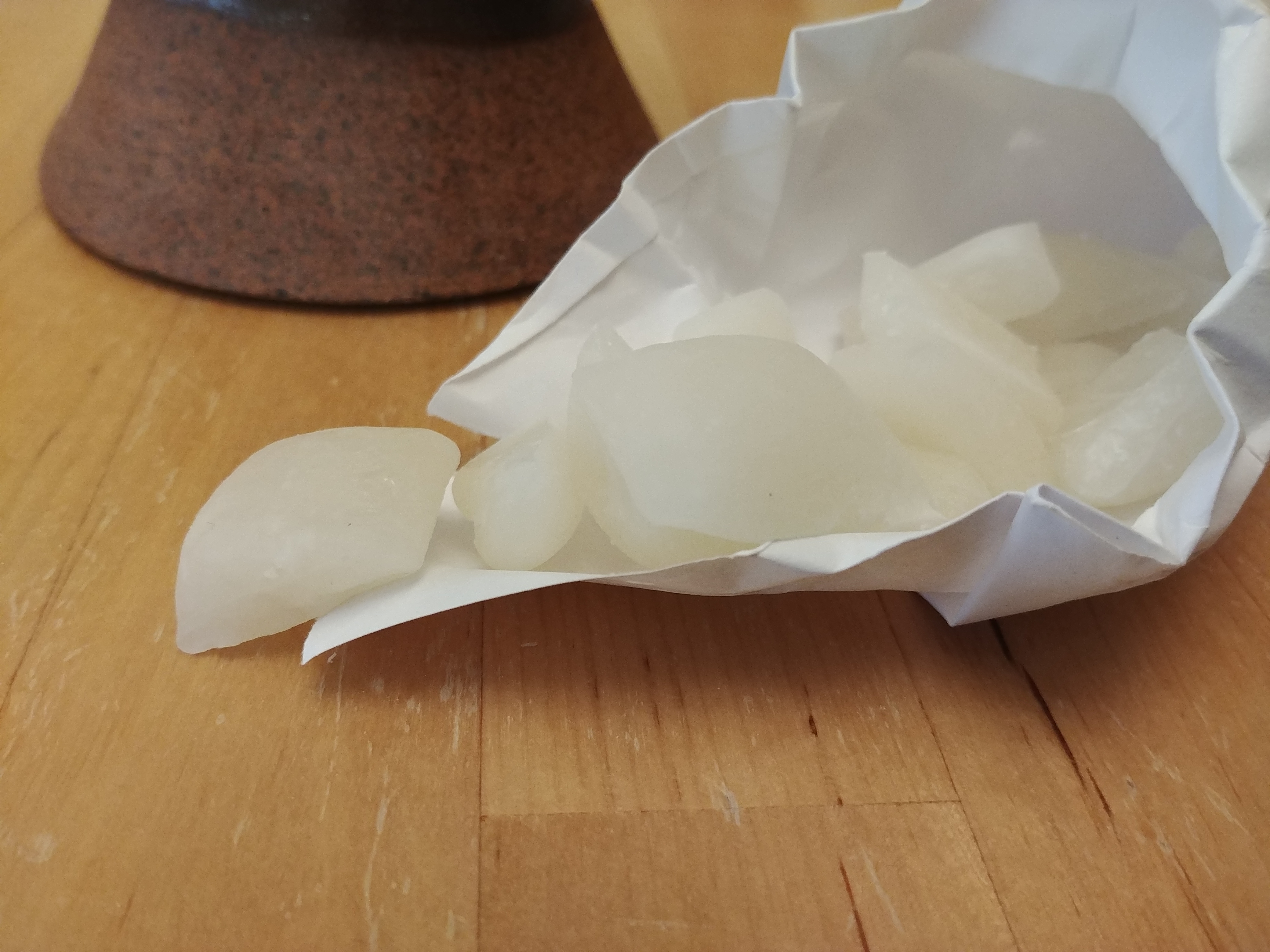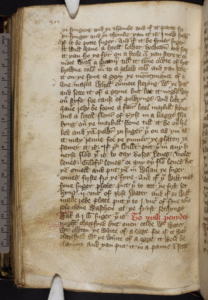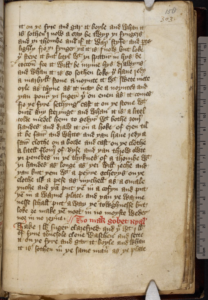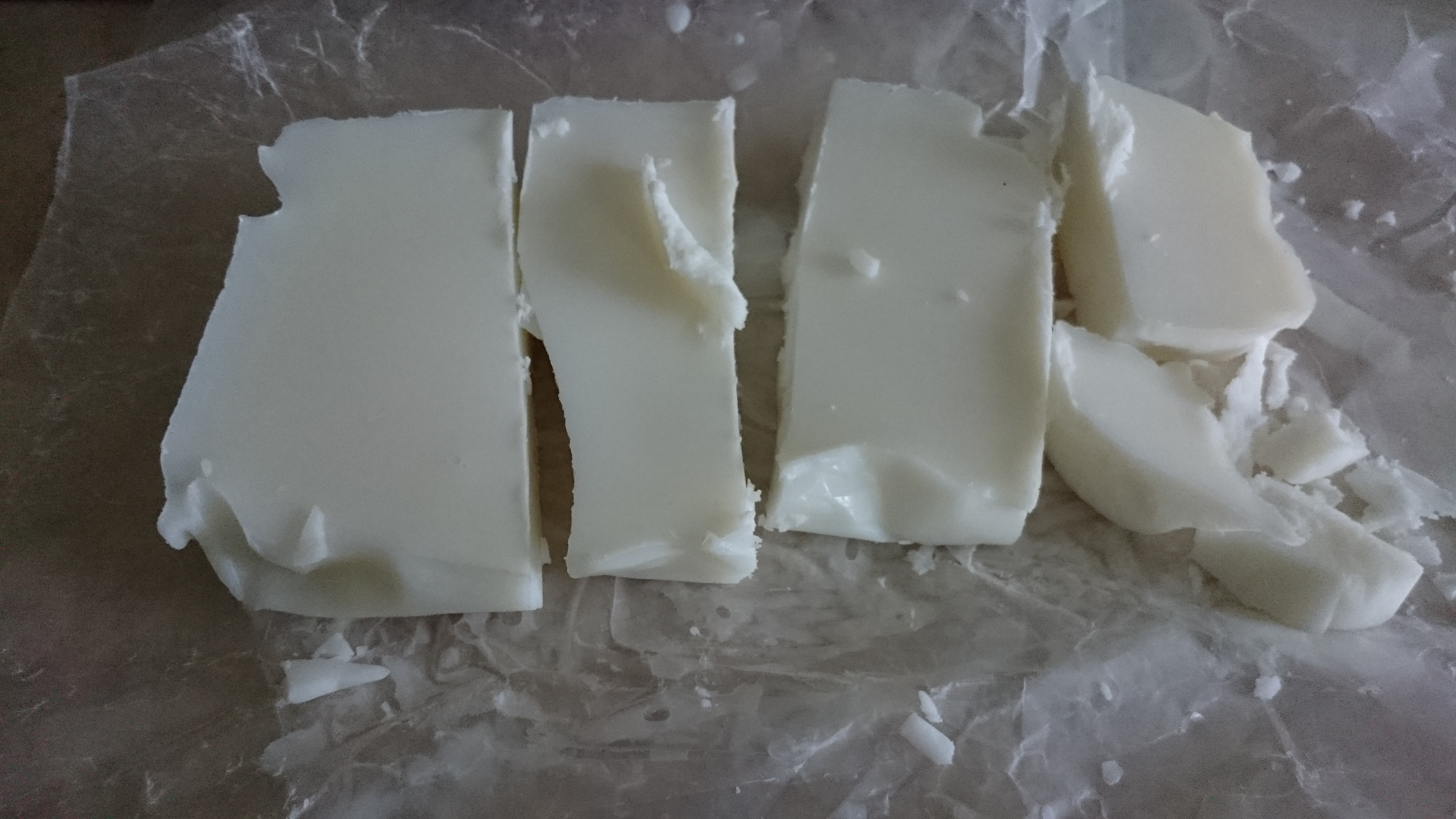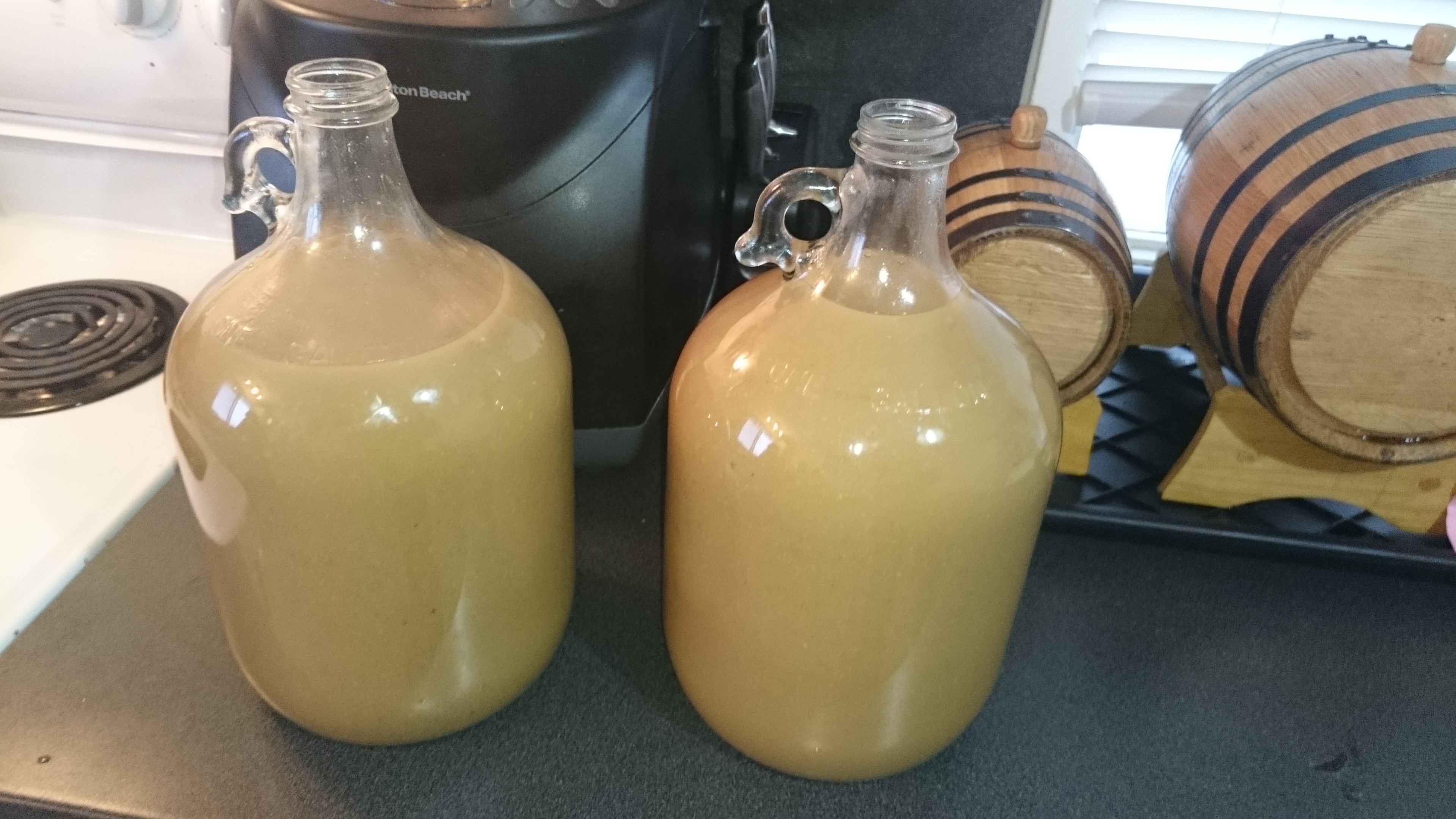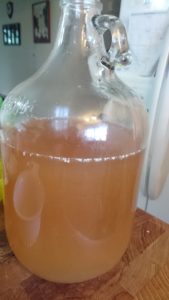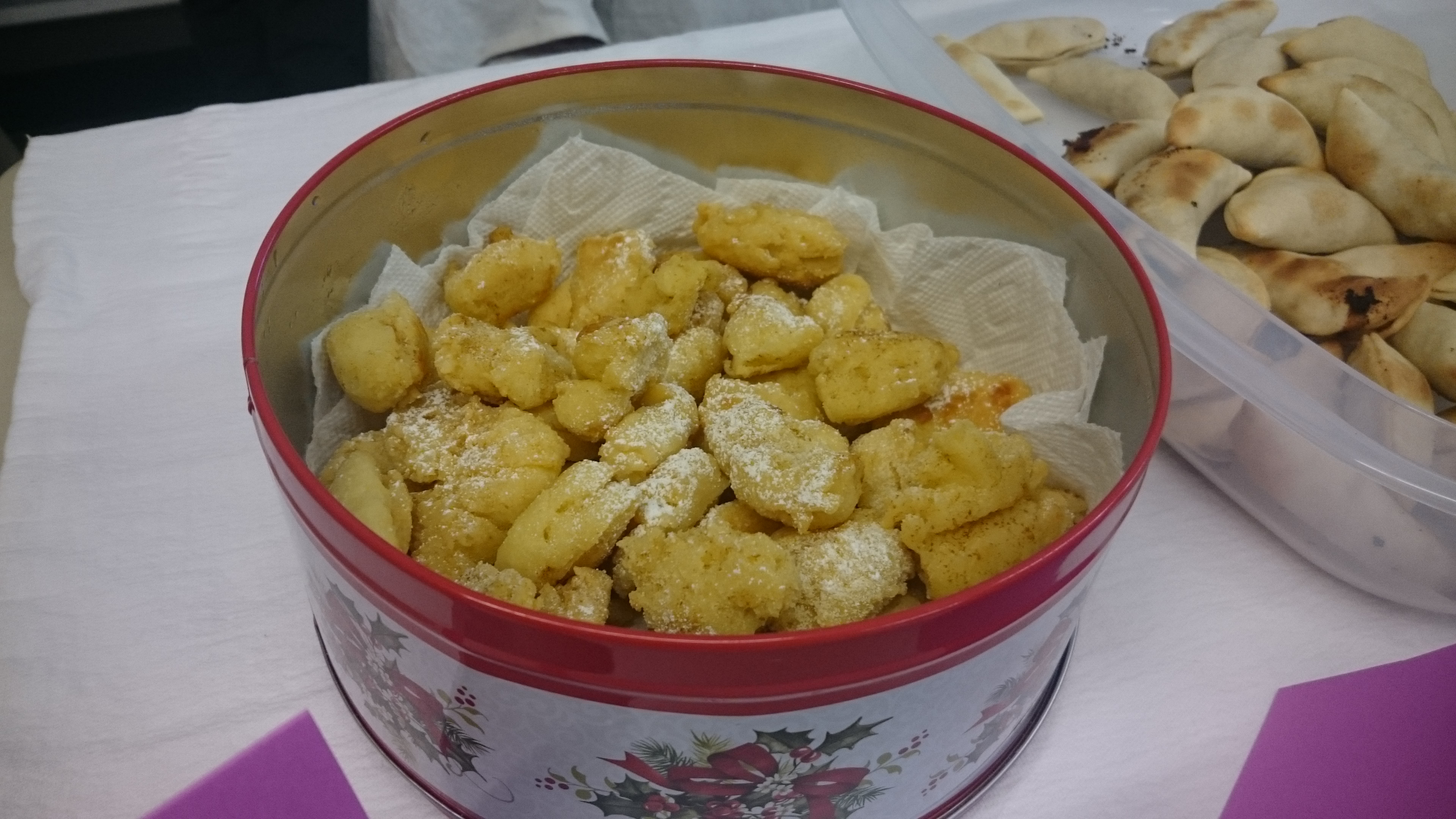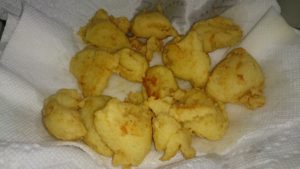A&S
Fall Feasts
I’m looking for my next dish, so I thought I’d take a look at feast menus, and I think others might be interested as well.
This feast menu is recommended in the Boke of Kervynge by Wynken de Worde, 1508 for Autumn (end of September to end of December).
A&S
Stewed Camel
My wife, Her Ladyship Kayleigh de Leis, likes to suggest strange dishes for me to try making . At her recommendation we’re trying camel. Nope, that’s not a typo. Today’s recipe comes to us from Anissa’s Blog, and was originally translated by Charles Perry. Unfortunately I don’t have a copy of A Baghdad Cookery Book (aka Kitāb Al-ṭabīkh by Al Baghdadi), from which this comes, so I don’t have a page number for you.
A&S
Medieval Candy
This was my first time doing a poll to determine what I was going to make for Culinary Night. Candy won out over Andalusian bread. I’m thinking I may continue to have polls to determine what I’m making.
First off, this one isn’t my research or recipe, instead I’m basing it on the work of Jana of the Time Travel Kitchen. More specifically I’m taking this from the entry To make Penydes (I believe it’s pronounced pen-ids based on the Middle Eastern “panids” see here )
With that being said, this comes originally from Curye on Inglysch, specifically from Harley manuscript 2378. Here’s the original:
A&S
Suet
Just a quick post today.
This week the Montengarde Culinary Group is making meat balls. I’ve been meaning to render the suet I’ve had in the freezer for a few months now. This seemed like a good time so we can use some of it in the meatballs if needed.
I’ve done this the way where you need to be constantly standing near a stove as it renders, a slow cooker is just as effective but you can go do other things while it cooks. Basically you’re heating up the suet until all the fat has melted then you strain the bits of connective tissue and meat out of it and let it set. Once that’s done it’s basically shelf stable (probably want to use it within a year).
A&S
Poll time
I’ve got a bit over a month before our next culinary night and since I now know that there are actually a few people who read this, one of whom (Mistress Siglinde) I got to geek out with while I was in Ottawa last week, I thought I’d try a Read more…
A&S
Tudor Beer
I was reading this article about Tudor Beer from Brew Your Own, a home brewing website, and I thought it would be fun to try. A friend of mine, Machabi Caiaphas, is a great brewer so I asked if he’d help me brew up a batch, this is the first time I’ve brewed so it was a new adventure for me.
The early English brewing industry focused primarily on ale, made with gruit (Unger 2004, 64), and expanded and commercialized significantly during the 14th century (Unger 2004, 98). At the same time hopped beer was being imported from Holland and Flanders (ibid.) primarily for the immigrant population which was more used to beer than ale. England also made something called beer, though unhopped, as early as the late 12th century (Unger 2004, 97) however it had a reputation as not being as good as ale or hopped beer. English brewers began producing hopped beer in the 15th century (Unger 99), though the operations were primarily run by immigrants, which caused other tensions (ibid.). By the 16th century the primary difference between beer and ale was the additives used to flavour it. While beer used hops, ale used herbs, spices, fruit, and sometimes even toasted bread (Unger 100). By the middle of the 16th century in most, though not all (Unger 103), areas the ale brewers and beer brewers had merged (Unger 102) though there remained a firm distinction between the definitions of ale and beer based on the additives. Many Englishmen felt that ale was the proper drink of the English while beer was for foreigners (Unger 100), however the tide was shifting in England and by the last quarter of the century beer had mostly replaced ale as the preferred beverage in England (ibid.).
(more…)A&S
French Pastry
This one was inspired by a question on Reddit. Someone was wondering how much truth there was to pâte à choux being from the 1540s. So I looked it up, and lo and behold there it is in 1604’s Ouverture de Cuisine. Being only
four years past the 16th century I think it’s safe to say that it’s a 16th century recipe. I looked a little further and found a Scappi recipe as well, from 1570, though it’s a bit different. But close enough to say that the rumors of it being invented in the 1540s are quite likely.
Now neither of the recipes are modern choux pastry but they do seem to use the same high moisture content raising method.
